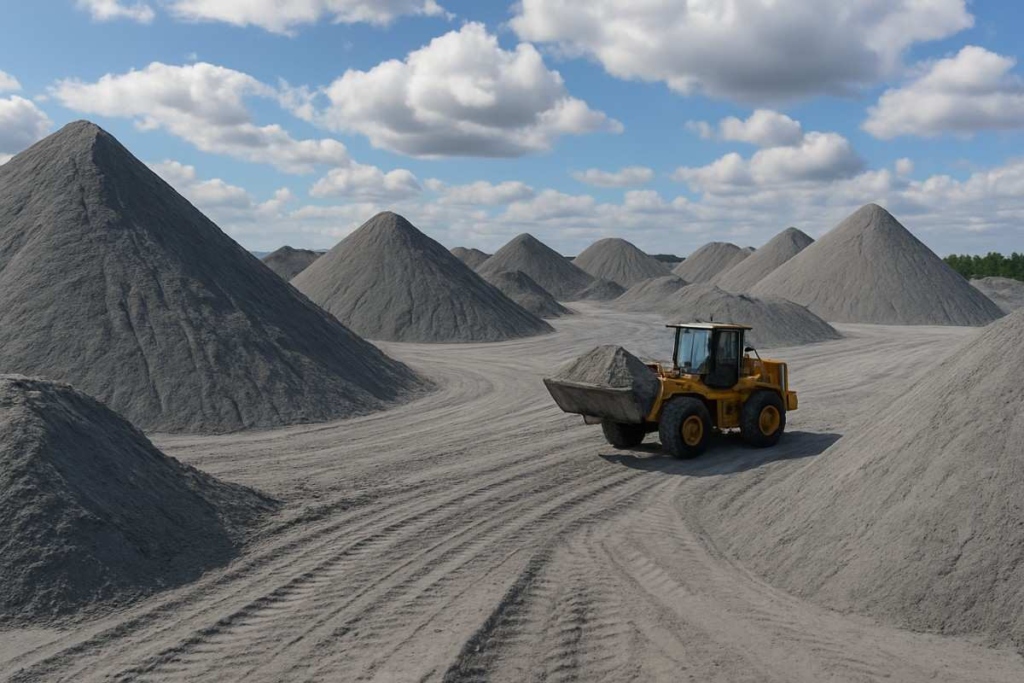
Table of Contents
| Sand Type | Average Price (Per Cubic Foot) | 200 Cubic Feet Trali (PKR) | 1000 Cubic Feet Dumper (PKR) |
|---|---|---|---|
| Ravi Sand | PKR 40 – 50 | 8,000 – 10,000 | 40,000 – 50,000 |
| Chenab Sand | PKR 45 – 55 | 9,000 – 11,000 | 45,000 – 55,000 |
| Lawrencepur Sand | PKR 70 – 80 | 14,000 – 16,000 | 70,000 – 80,000 |
| Ghassu Sand | PKR 60 – 70 | 12,000 – 14,000 | 60,000 – 70,000 |
(Note: Prices are market averages and may vary by city and supplier.)
How to Check Sand Quality
Before purchasing, always make sure the sand is clean and suitable for construction:
Color & Texture: High-quality sand has a consistent natural color (yellowish-brown to grey) and fine texture.
Impurities Test: Rub sand in your hand; too much dust or clay means poor quality.
Water Test: Put sand in a jar of water, shake it, and let it settle. If too much silt or clay collects on top, avoid it.
- Strength Test: Good sand feels sharp to the touch, not smooth like soil.
Things Labour Should Do Before Using Sand
Screening: Ensure sand is sieved to remove stones, pebbles, or organic matter.
Washing: For plaster and finishing, wash sand to remove dust and salt.
Check Moisture: Wet sand increases volume; measure properly before mixing.
Always Buy from Authorized Sources
Buying from random or unauthorized suppliers increases the risk of impure, low-quality sand. Always purchase from:
Registered dealers
Reputed suppliers in your city
Contractors with verified material supply
This ensures you get genuine sand, proper weight, and fair pricing
Factors Affecting Sand Rate in Pakistan
Sand prices are never fixed; they depend on multiple factors:
Floods & Weather Conditions: Recent floods in Pakistan reduced supply and increased transport costs.
Fuel Prices: Higher diesel rates raise transportation costs.
Distance from Source: Sand from Lawrencepur is costlier in Karachi than in Rawalpindi.
Seasonal Demand: Construction peak season often increases prices.
Labour Precautions Before Mixing Sand
Before using sand in construction, workers should take a few important steps to ensure strength and durability:
Screening (Sieving): Sand should be passed through a sieve to remove stones, pebbles, roots, or other unwanted materials. Clean sand improves the bond with cement and prevents cracks in plaster or concrete.
Visual Cleanliness Check
Good-quality sand should look clean and free from visible dirt, clay lumps, roots, or other organic matter. If the sand looks muddy, dark with soil, or has small pieces of grass and leaves, it’s not suitable for construction..
Checking Moisture Content: Sand often contains natural moisture, especially after rain. Wet sand increases in volume, which can affect the cement-to-sand ratio. Labour should check and adjust measurements accordingly.
Proper Mixing: Always maintain the right proportion of sand with cement and gravel. Poor mixing weakens concrete and reduces the overall life of the structure.
People Also Ask (FAQs)
Which sand is best for house construction in Pakistan?
Chenab and Lawrencepur sands are considered best for concrete and structural strength.
Why is Lawrencepur sand expensive?
Because of its superior quality, limited availability, and high demand in major projects.
Can I use Ravi sand for RCC work?
Ravi sand is generally softer; Chenab or Lawrencepur are better for RCC.
Does flood affect sand prices?
Yes, floods damage supply routes and reduce availability, causing sudden price hikes.
How do I make sure I’m not cheated on sand quantity?
Always measure with standard cubic feet (CFT) and purchase from trusted suppliers.
Lorem ipsum dolor sit amet, consectetur adipiscing elit. Ut elit tellus, luctus nec ullamcorper mattis, pulvinar dapibus leo.
